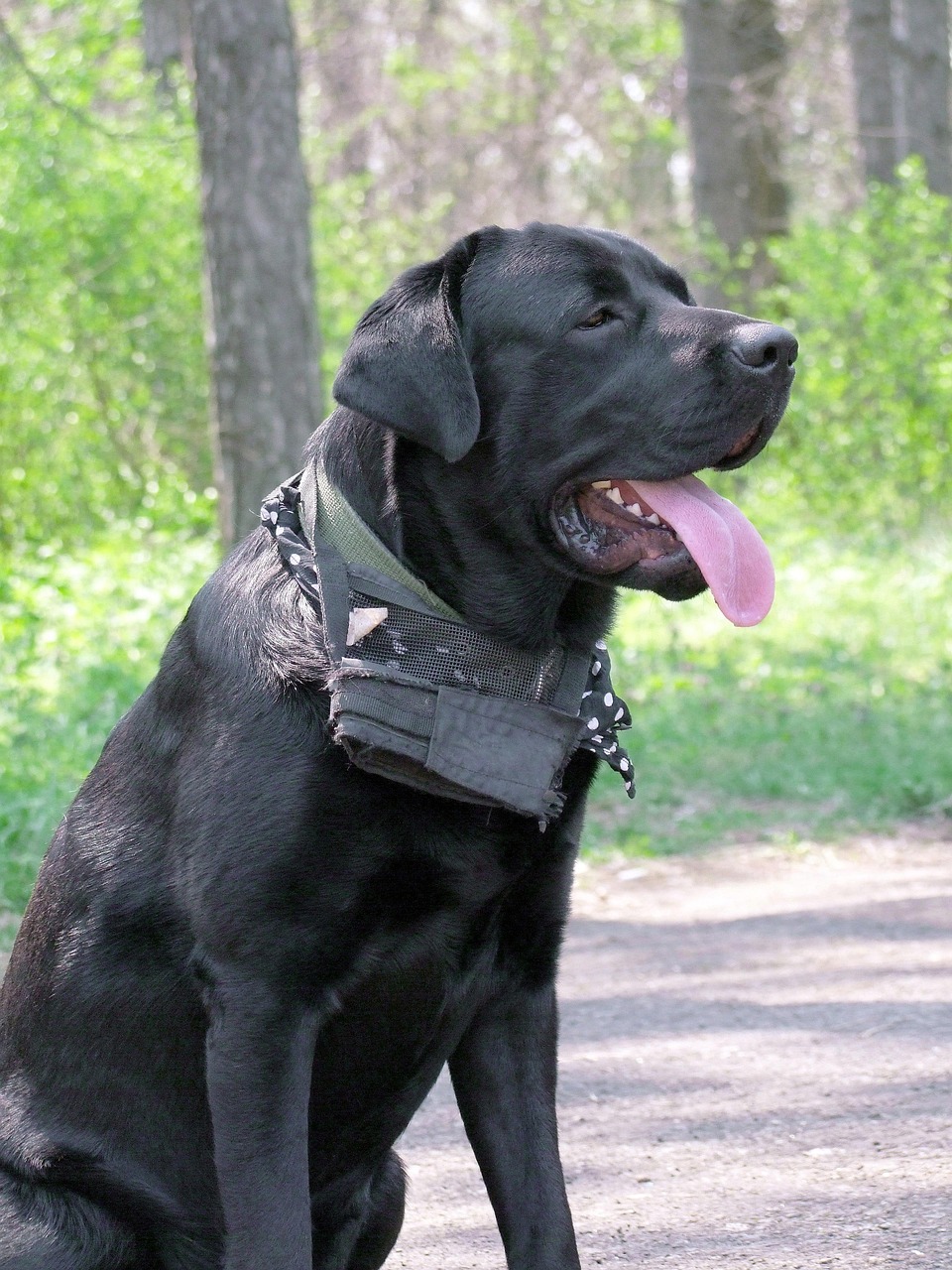As dog owners, we are all too familiar with the joy, comfort, and security that comes from having our furry friends by our side. They are part of our families, and we want to protect them in every way possible.
However, sometimes, despite our best efforts, an incident can occur that serves as a stark reminder of the potential dangers hidden in the simplest of daily routines. One such incident happened to me and my dog, and it forever changed how I view pet collars and safety.
Find out whether collars are bad for a dog’s neck and fur and how to avoid common issues.
So, my dog was choked by his collar. I will share my personal experience of my dog being choked by his collar, what happened, the aftermath, and most importantly, the lessons I learned along the way.
Along with my experience, I will provide a detailed guide on how to prevent choking incidents in the future, including proper collar fit, alternatives to collars, and tips for choosing the safest options for your dog.
Blog Highlights
ToggleThe Incident: How My Dog Was Choked by His Collar
It was a regular Saturday morning. My dog, Max, a 4-year-old Labrador Retriever, was happily playing in the backyard, as usual. I had recently bought him a new collar, one that was stylish, durable, and seemed comfortable enough for his active lifestyle.
It had a sturdy buckle and a metal ring for his ID tag, and it was the right size based on the measurements I had taken before purchasing it. Little did I know that this seemingly innocuous collar would soon become a source of great distress. Explore if mountain dogs are good pets and suitable for your home.
The Collar’s Role in the Incident
Max had been wearing the collar for a few weeks with no issues. He loved his walks, and the collar was durable enough to withstand his enthusiastic play. But on this particular day, he was running and playing with another dog in the yard when he got tangled in some garden furniture. The collar, which had fit well when I first put it on, had become slightly tighter during his frantic movements. Max struggled to free himself, but the collar was now tight enough to restrict his breathing.
I didn’t notice at first, but when I called him, Max seemed to be gasping for air. His movements were becoming frantic, and he was pawing at his neck, trying to loosen the collar. Panic set in when I realized what was happening. He was choking. Determine the ideal collar size for a Bernese Mountain Dog with this guide.
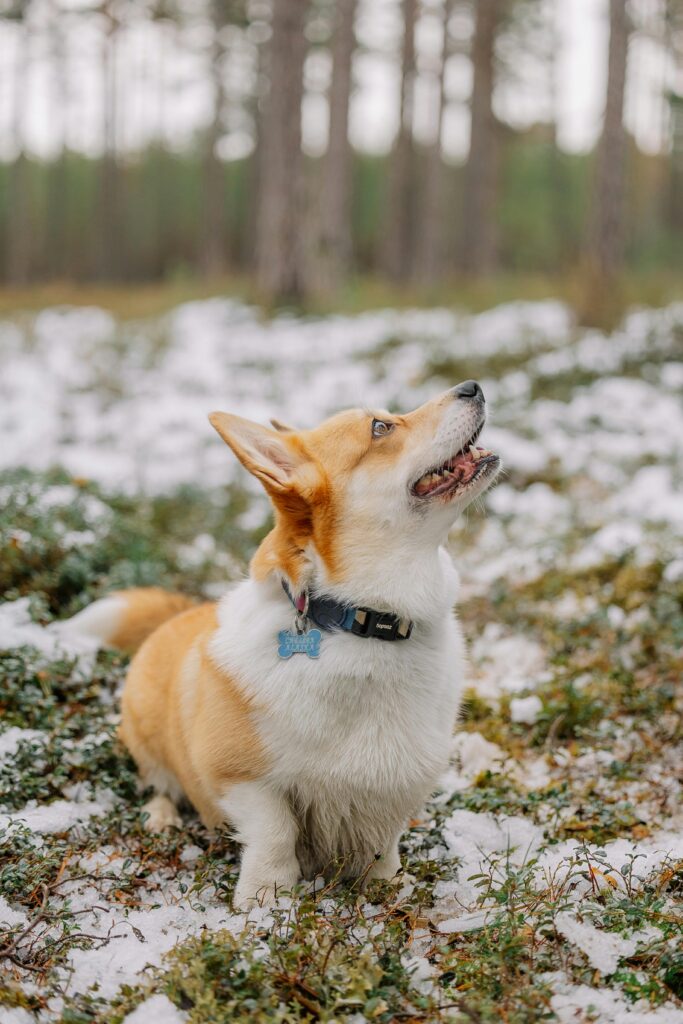
The Immediate Response
I rushed to him, and with trembling hands, I tried to remove the collar. But it was too tight and stuck, as though it had become caught on the small metal ring that held his tag. I had to act quickly. I used both my hands to pull the collar free, but it wasn’t coming off easily. In those seconds, it felt like time slowed down. Max’s eyes were wide with fear, and he was panting heavily, unable to breathe properly.
Finally, I managed to remove the collar from around his neck. Max immediately collapsed on the grass, still gasping for breath but slowly starting to calm down. It was a terrifying moment, and the panic of not being able to help him faster was overwhelming.
For a detailed guide on how to train a Bull Terrier with the right collar, check out this comprehensive article that outlines effective steps and techniques.
After a few minutes, Max recovered. He was clearly shaken by the experience, and so was I. I immediately called the vet, who advised me to bring him in for a check-up just to be sure there was no permanent damage to his trachea or neck. Thankfully, after an examination, the vet confirmed that Max was okay, though he did show signs of mild irritation in his throat from the pressure.
But the emotional toll this incident took on me was significant. I couldn’t stop thinking about what could have happened if I hadn’t been there to help him in time. It made me realize how important it is to understand the risks associated with collars and how vital it is to ensure they are fitted and used correctly.
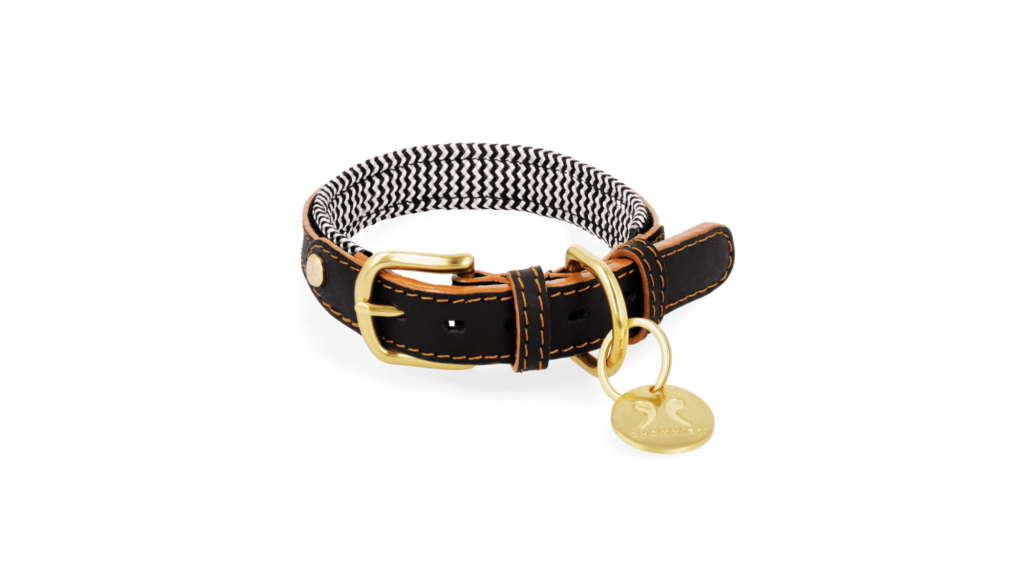
What Went Wrong: Understanding the Risks of Dog Collars
The incident with Max made me dive deeper into understanding the dangers of dog collars. While they are essential for identification and safety, they also pose significant risks if not properly fitted, used, or maintained. Here are the key factors that led to the choking incident:
1. Incorrect Fit
One of the most common causes of choking incidents is an ill-fitting collar. Collars that are too tight can constrict a dog’s airway, especially during physical activity or when they become tangled. In Max’s case, the collar was initially the right size, but over time, as he moved and played, the collar became slightly tighter, which restricted his breathing. Learn the best practices for putting a collar on thick-skinned dogs to ensure a comfortable and irritation-free fit.
Signs of an ill-fitting collar:
- The collar is too tight or too loose.
- The collar doesn’t move easily but can still be slipped over the dog’s head.
- Your dog seems uncomfortable or scratches at the collar frequently.
2. Lack of Supervision
Max was outside playing with another dog, and while I was keeping an eye on him, I didn’t notice the moment when he became tangled or when the collar began to restrict his neck. Choking accidents often occur when dogs are left unsupervised while wearing a collar, particularly when they are engaged in active play, running, or exploring.
3. The Collar Design
Certain collar designs, such as those with metal rings, can become caught in objects or furniture, which increases the risk of choking. While it’s essential for collars to have a ring for ID tags, these rings can catch on things and prevent quick release. Additionally, a buckle collar might get stuck in a similar way.
How to Prevent Dog Collar Choking Incidents
After the frightening incident with Max, I researched how to prevent such occurrences from happening again. There are several steps and precautions you can take to ensure your dog’s safety when wearing a collar.
1. Proper Collar Fit
Ensuring that your dog’s collar is the correct size and fit is the most important step in preventing choking. The general rule of thumb is that you should be able to fit two fingers between the collar and your dog’s neck. This allows for proper breathing and movement without putting too much pressure on their throat.
How to Measure for the Correct Collar Size:
- Measure your dog’s neck with a flexible tape measure.
- Add 2-3 inches to the measurement to allow for comfort.
- Avoid collars that are too tight or too loose. A tight collar can restrict airflow and cause discomfort, while a loose collar can get caught on objects.
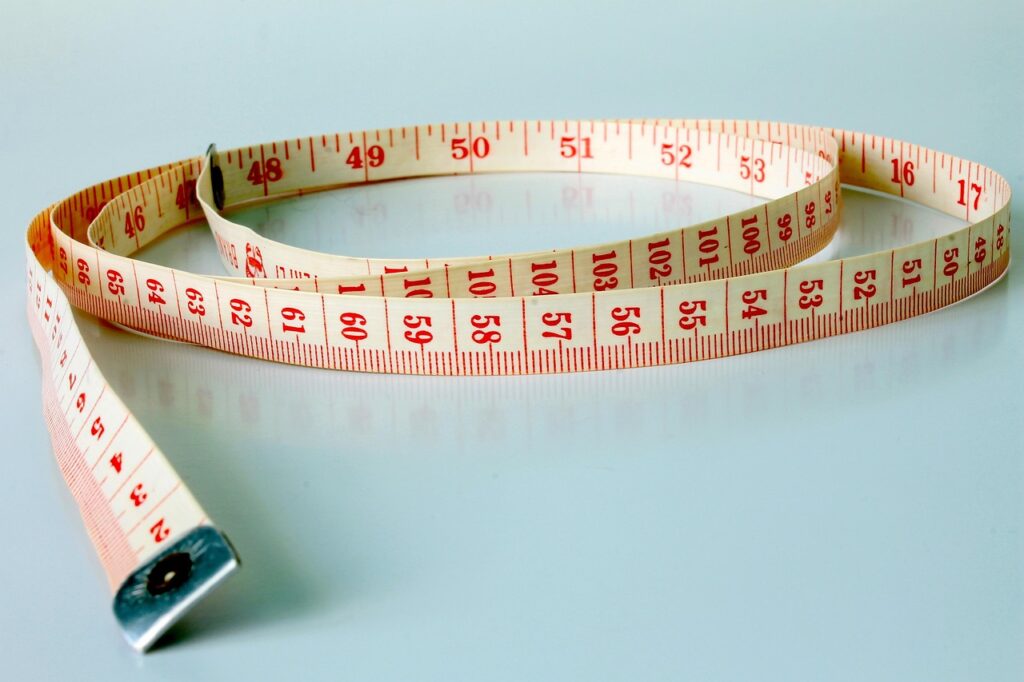
2. Choose a Safe Collar Type
Some collar types are safer than others when it comes to preventing choking. For example, a breakaway collar is designed to release under pressure, such as when it gets caught on something. This is especially useful for dogs who are more active or adventurous.
Safer Collar Options:
- Breakaway Collars: These collars are designed to release if pulled on too hard, preventing choking or injury.
- Harnesses: Using a dog harness instead of a collar can significantly reduce the risk of choking. Harnesses distribute pressure across the chest, avoiding the throat area entirely. They are ideal for dogs that pull on the leash or those with respiratory issues.
- Elastic Collars: Collars with an elastic band can stretch if they get caught, giving the dog more freedom and reducing choking risk.
3. Regular Collar Checks
It’s essential to inspect your dog’s collar regularly to ensure it is still in good condition and fits properly. Over time, collars can stretch, shrink, or get worn out, which may make them less effective at staying secure. If you notice any wear or damage, it’s time to replace the collar.
4. Supervise Playtime
Whenever your dog is outside, especially during active play, it’s essential to supervise them. Dogs can get into all kinds of situations when playing with other dogs or running around, and it’s easy for collars to get caught on something without you realizing. If your dog has a history of getting tangled, it might be best to remove the collar during playtime or opt for a breakaway collar.
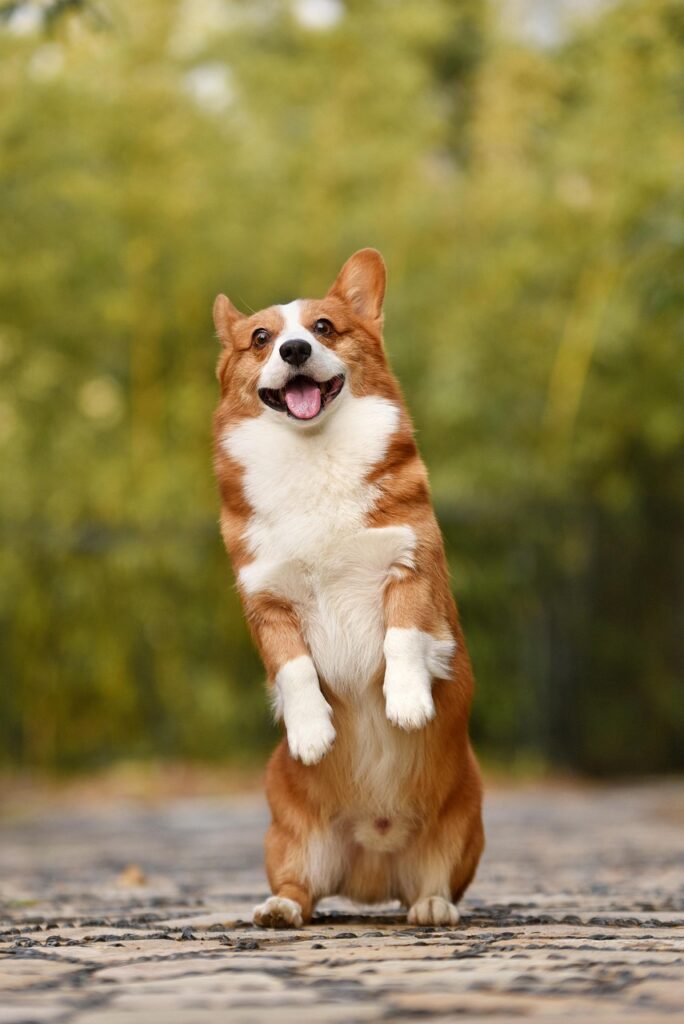
5. Collar Alternatives
If you’re concerned about the risks associated with collars, you may want to consider alternative options for your dog’s identification and safety. Microchipping is a highly effective method of identification that doesn’t involve any risk to your dog’s physical safety. Microchips are small, non-removable devices implanted under your dog’s skin, allowing them to be identified if lost.
Learn if Dachshunds need special collars to provide the right support and comfort for their unique body shape.
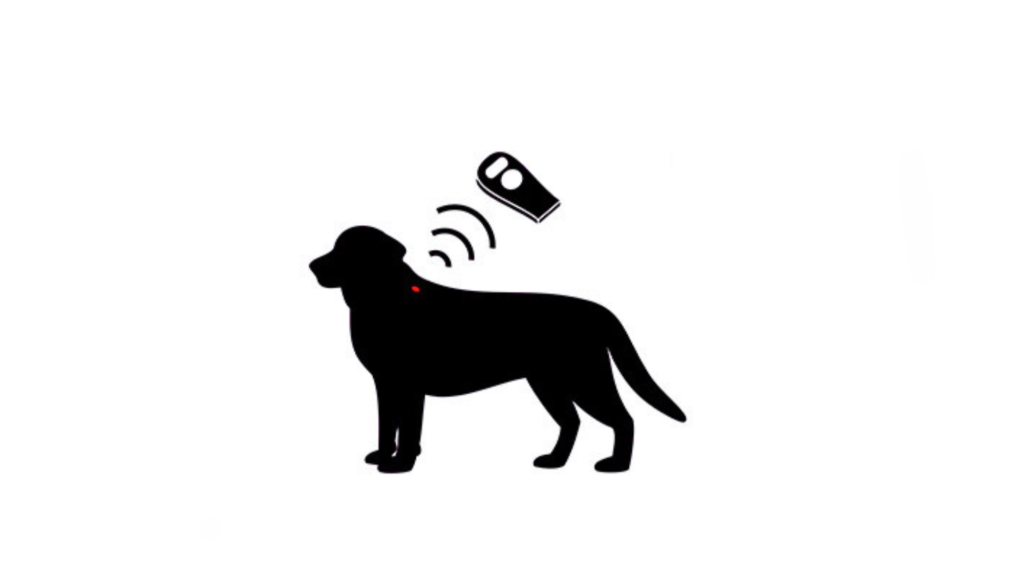
Wrapping Up
As I told you, my dog was choked by his collar. The terrifying experience of seeing my dog choke on his collar was a wake-up call. It highlighted the potential dangers of collars, something I had never fully considered before. However, by educating myself and taking the proper precautions, I have since been able to ensure Max’s safety and prevent similar incidents from occurring in the future.
As dog owners, we must be vigilant about our pets’ safety, and this includes understanding the risks associated with something as simple as a collar. By choosing the right type of collar, ensuring it fits correctly, and taking steps to supervise and care for our dogs properly, we can greatly reduce the risk of choking and other accidents. Remember, our dogs rely on us for their safety, and it’s up to us to make informed decisions about their well-being.
Discover what size collar is best for a French Bulldog puppy to ensure both safety and comfort during their growing stages.
If your dog has experienced a similar incident or if you’re just starting to think about collar safety, take the time to review your options. Whether that means switching to a harness, investing in a breakaway collar, or using a combination of safety measures, your dog’s health and comfort should always be your top priority.

